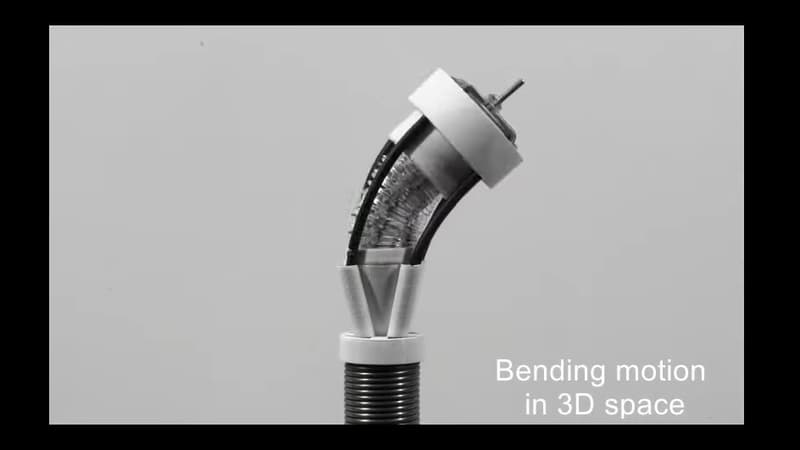The advent of 3D printing in medicine has been a breakthrough. The contribution of machines capable, in particular, of printing prostheses of all kinds (hand, arm, sternum, ribs, etc.) has made it possible to drastically reduce creation costs. A prosthesis previously valued at 100,000 euros now only costs 1,000 euros to manufacture. And an amazing community made these medical devices, essential for some, much easier to design thanks to open source models.
Limitless Solution, a company that wants to offer prostheses to children, has thus developed an arm Iron Man 3D printed. And it was even Robert Downey Jr, who plays the on-screen superhero, who gave the prosthesis to his young recipient.
But the democratization of printers has also allowed various applications in the medical field. Thus, doctors from Lille University Hospital designed, using 3D printing, notched pockets used in breast reconstruction so that the injected fat (lipofilling) is not immediately absorbed by the body. Bones and cartilage could also be bioprinted using specialized ink. A way to overcome the lack of donors remembers the site sculpt.
A mini-printer in the body
Now, 3D printing goes further. From researchers at the University of New South Wales in Australia he succeeded in developing a mini robotic arm called F3DB. It is remarkably capable of intervening and 3D printing on organs, directly in the body. At one centimeter in diameter, it looks like a microscope that can be easily circled around, bent in all directions as needed.
The Sydney academics explain that their role will be to print on biomaterials to help rebuild tissue. Also equipped with an electric scalpel and a mini pump, it will also clean wounds or make small incisions.
With this bioprinter, its creators hope to offer an alternative to certain major surgical procedures while reducing the risk of infection.
If the technological prowess has been well received by the medical community, it is still in an experimental stage. This mini-arm has only been used in artificial devices and a pig kidney. But it has obtained a provisional patent, pending its final version, which the researchers hope will include a camera and system for reconstructing 3D scans of moving tissue in the body.
Source: BFM TV


